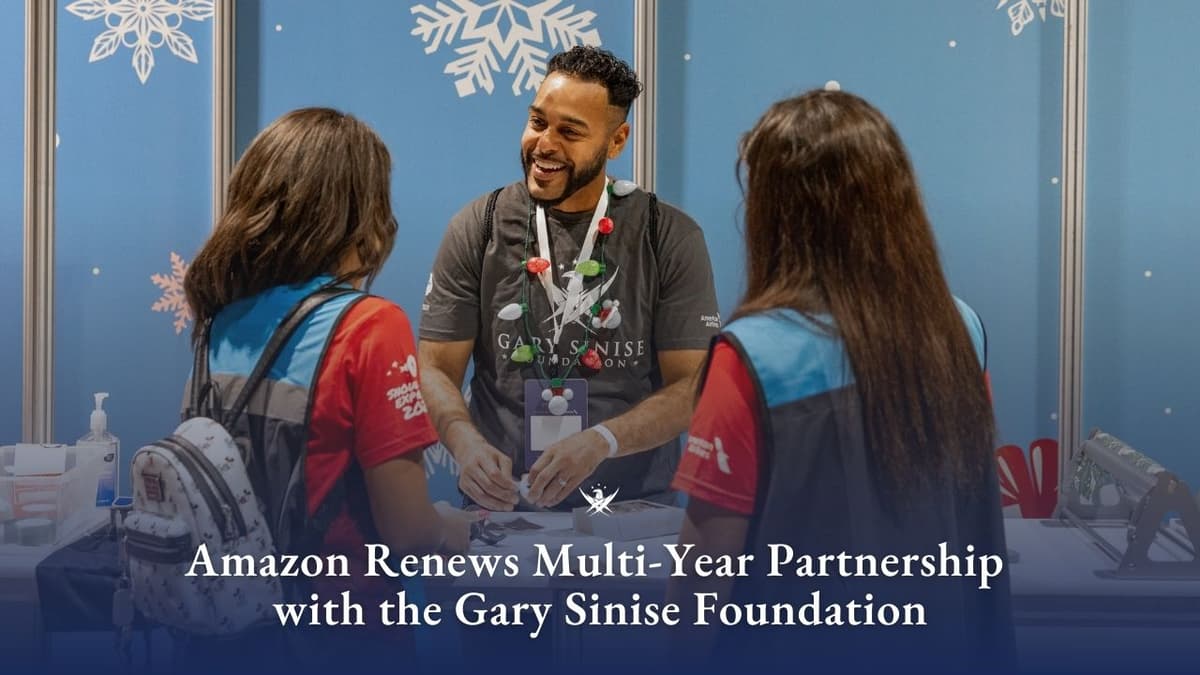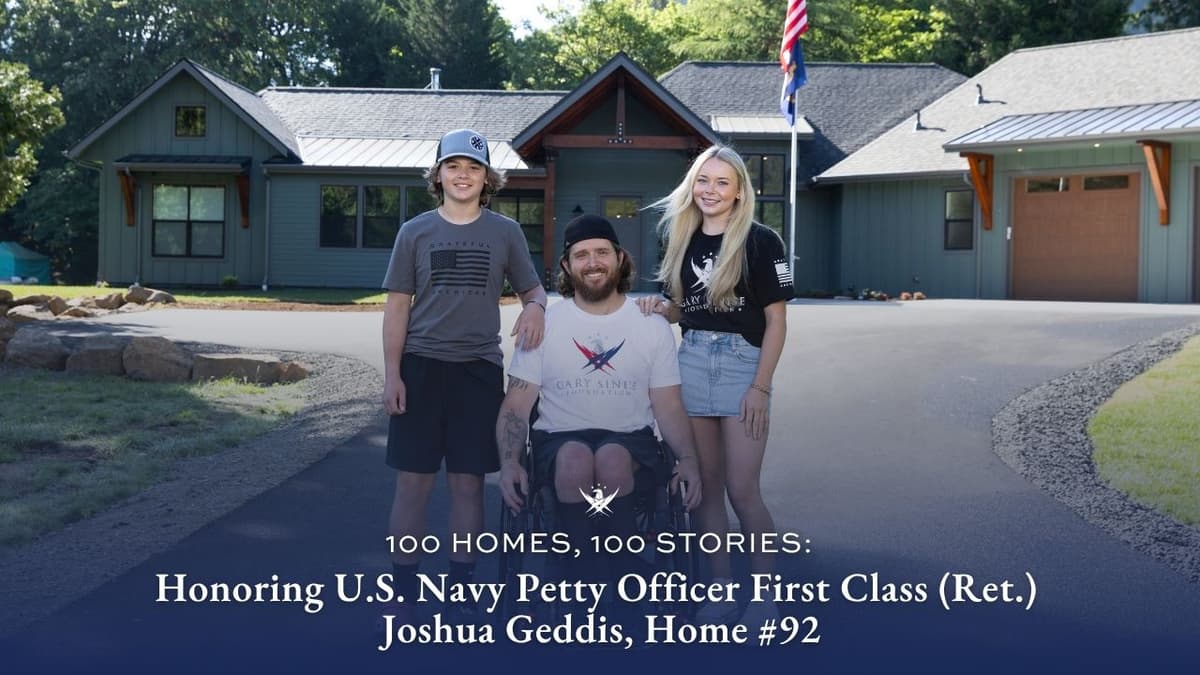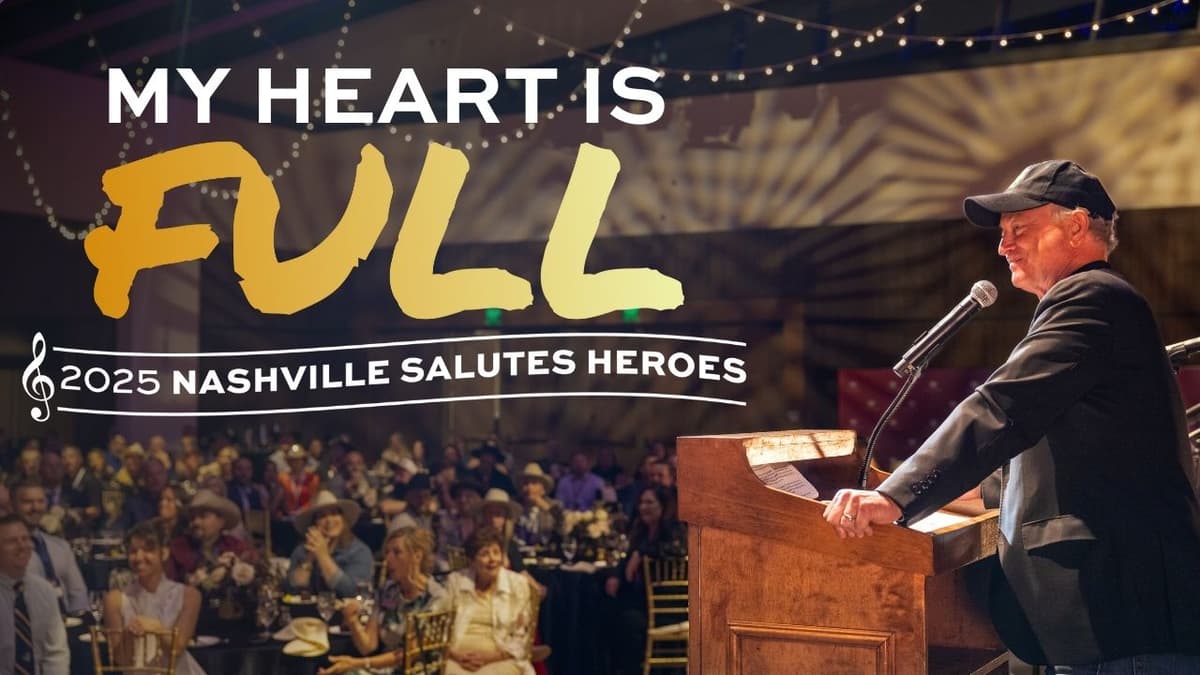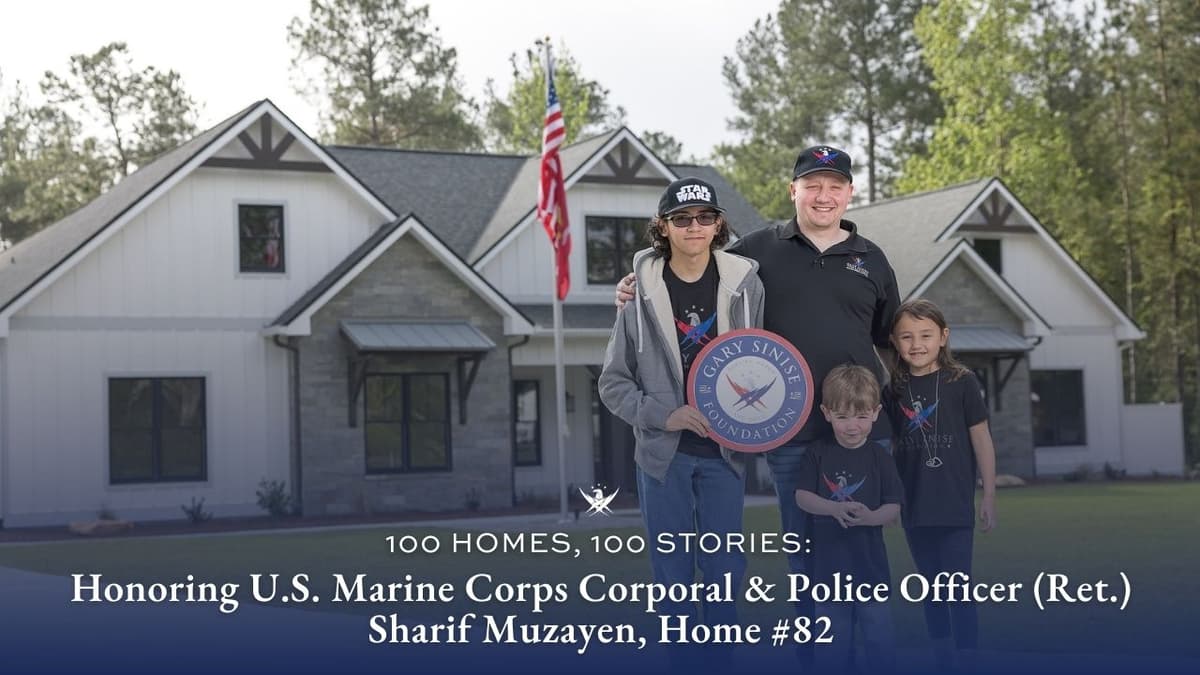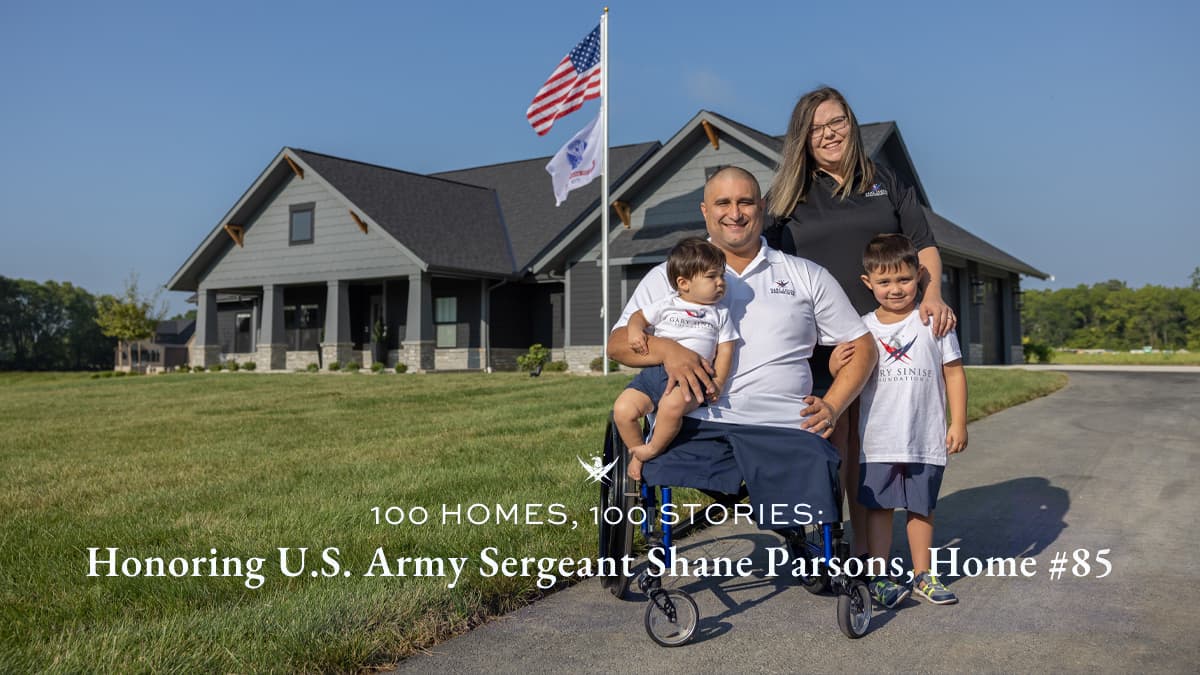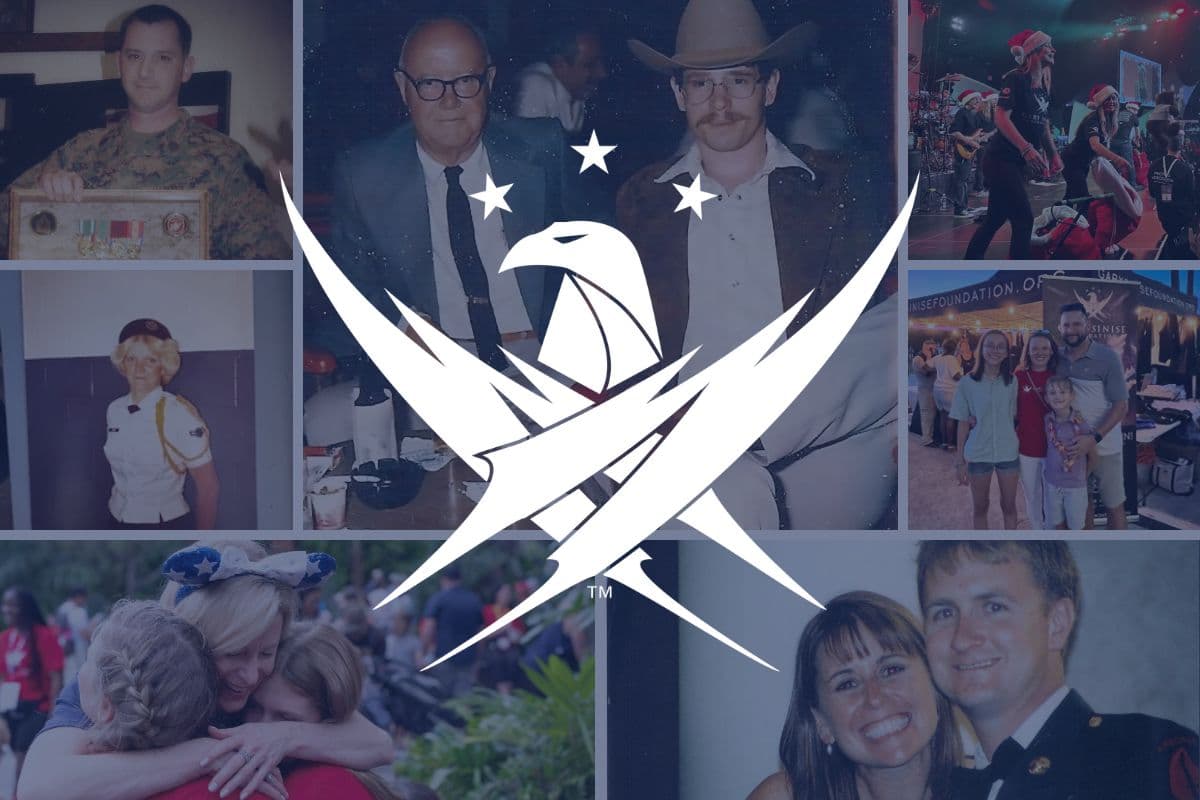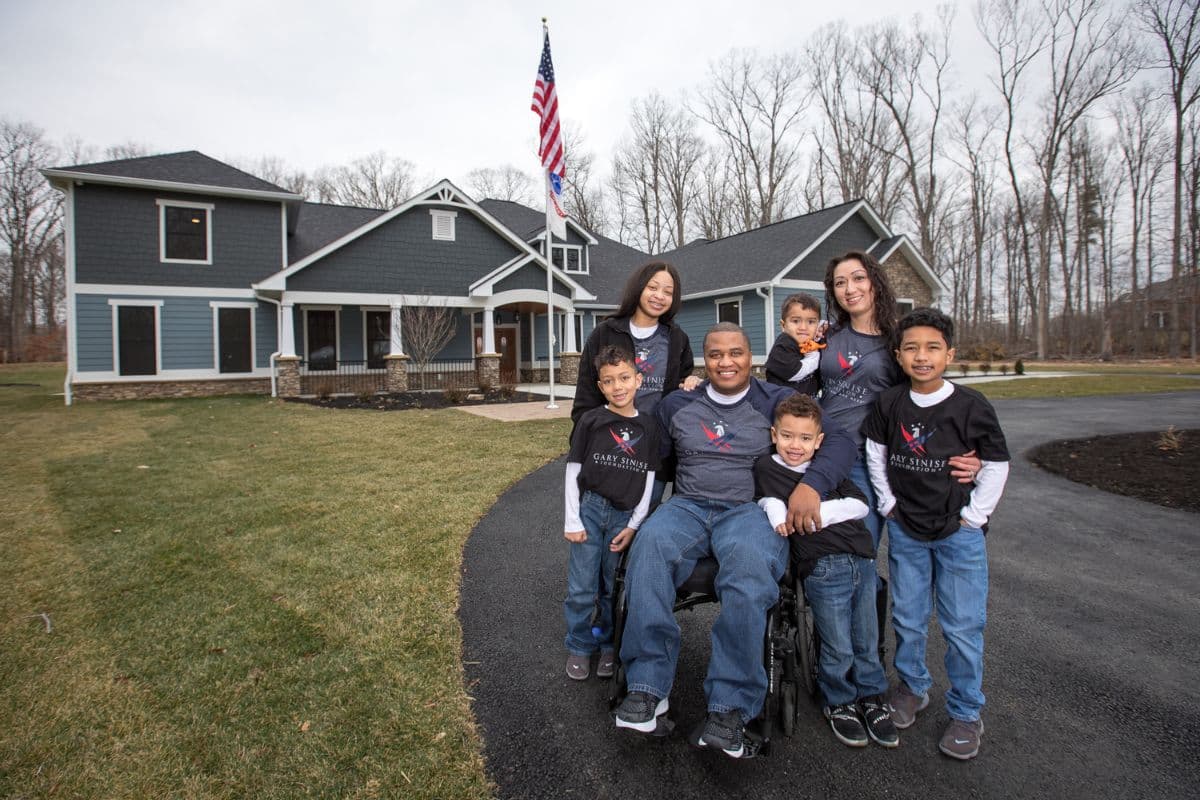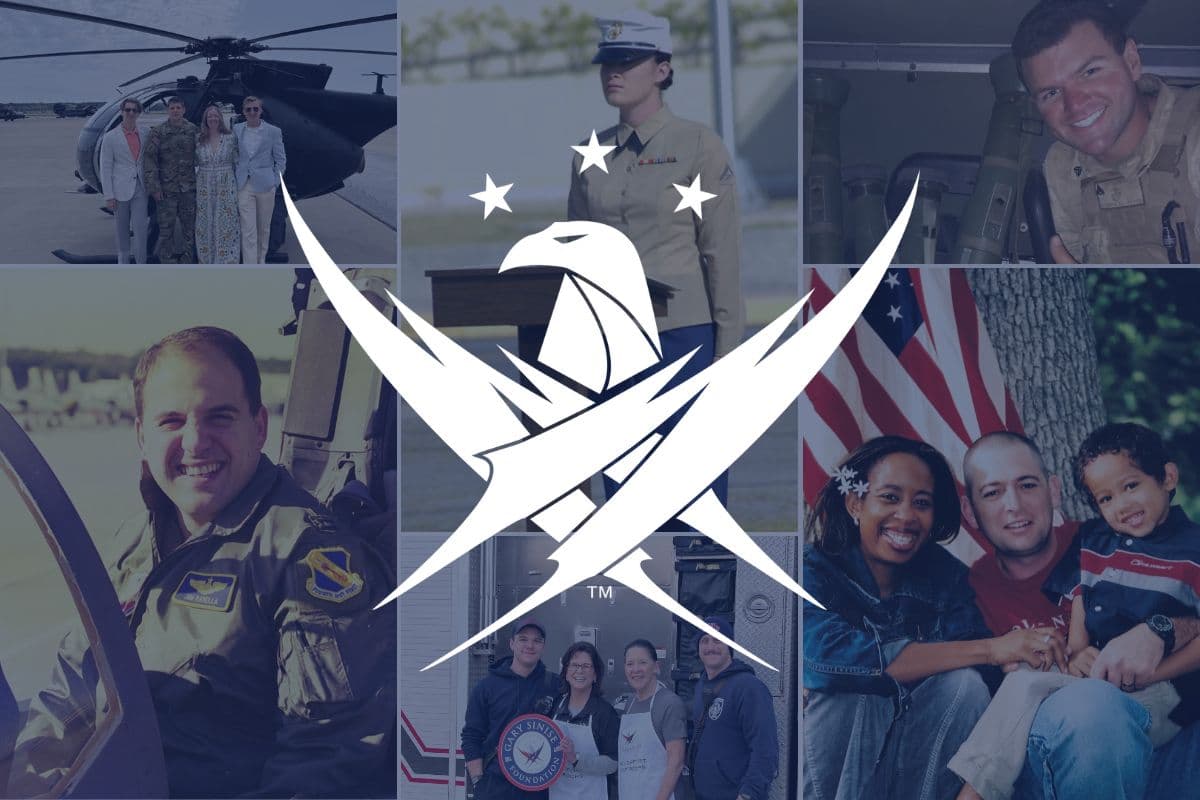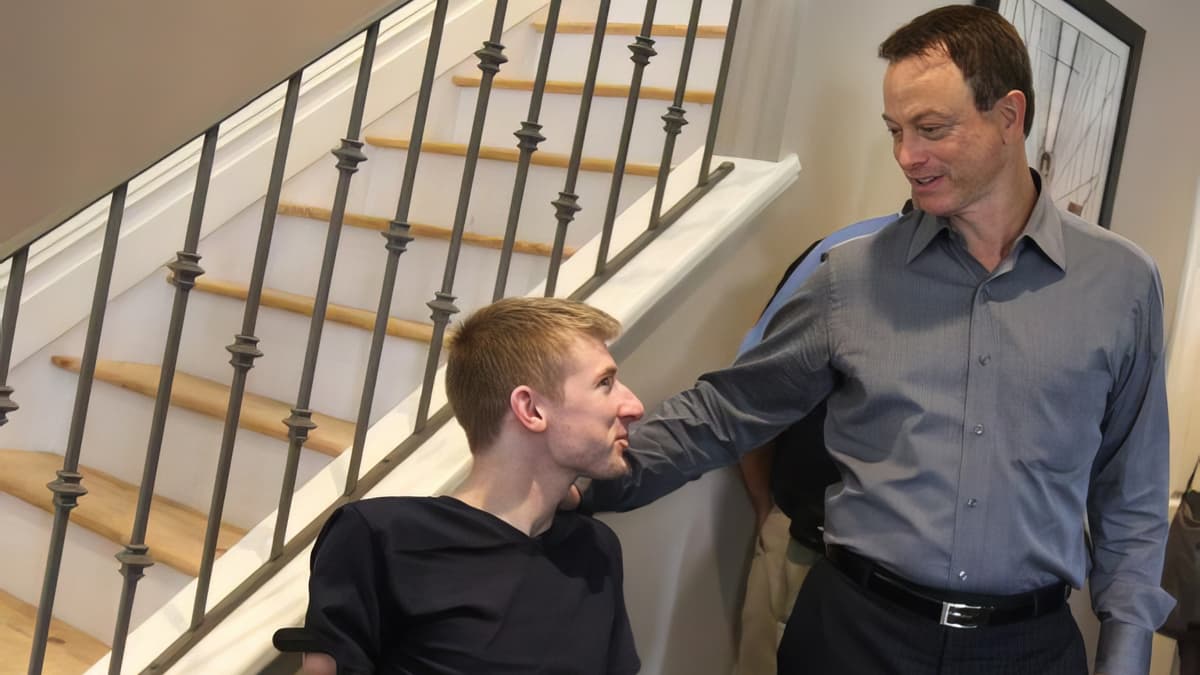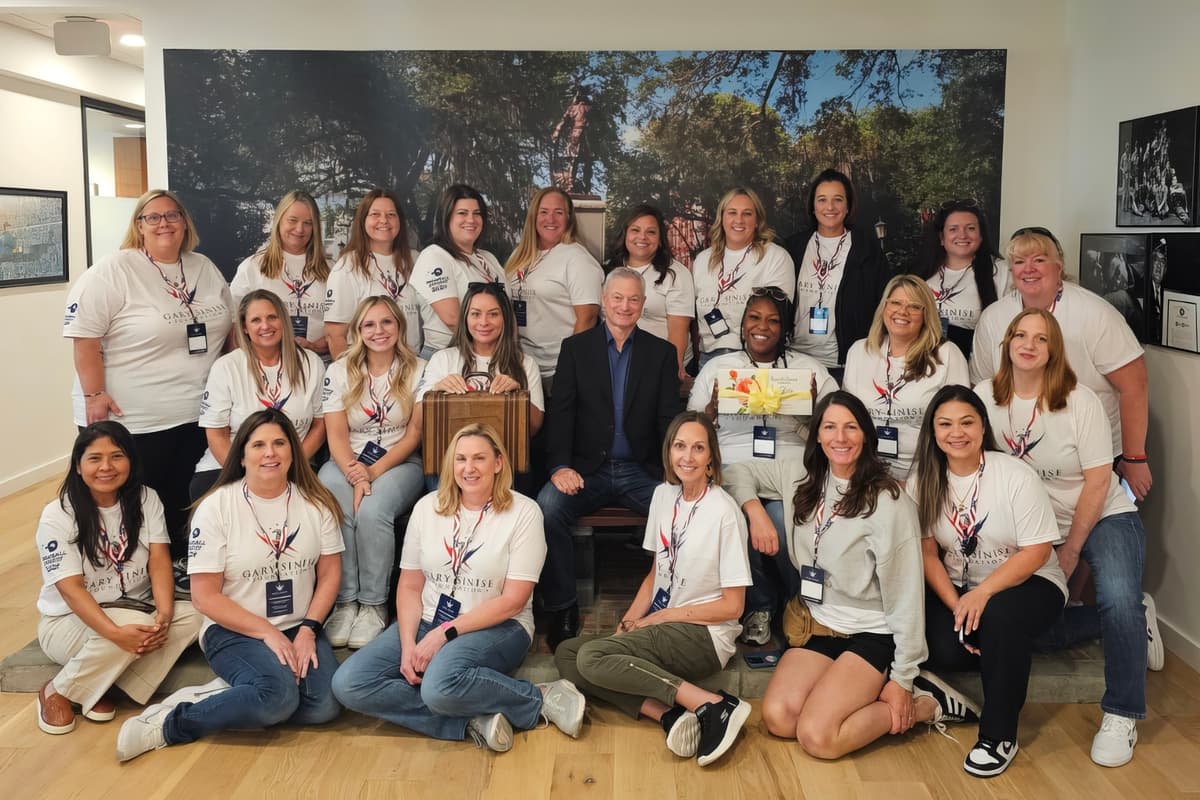A 10-Year Relationship Between Gary Sinise and the National WWII Museum Continues To Soar
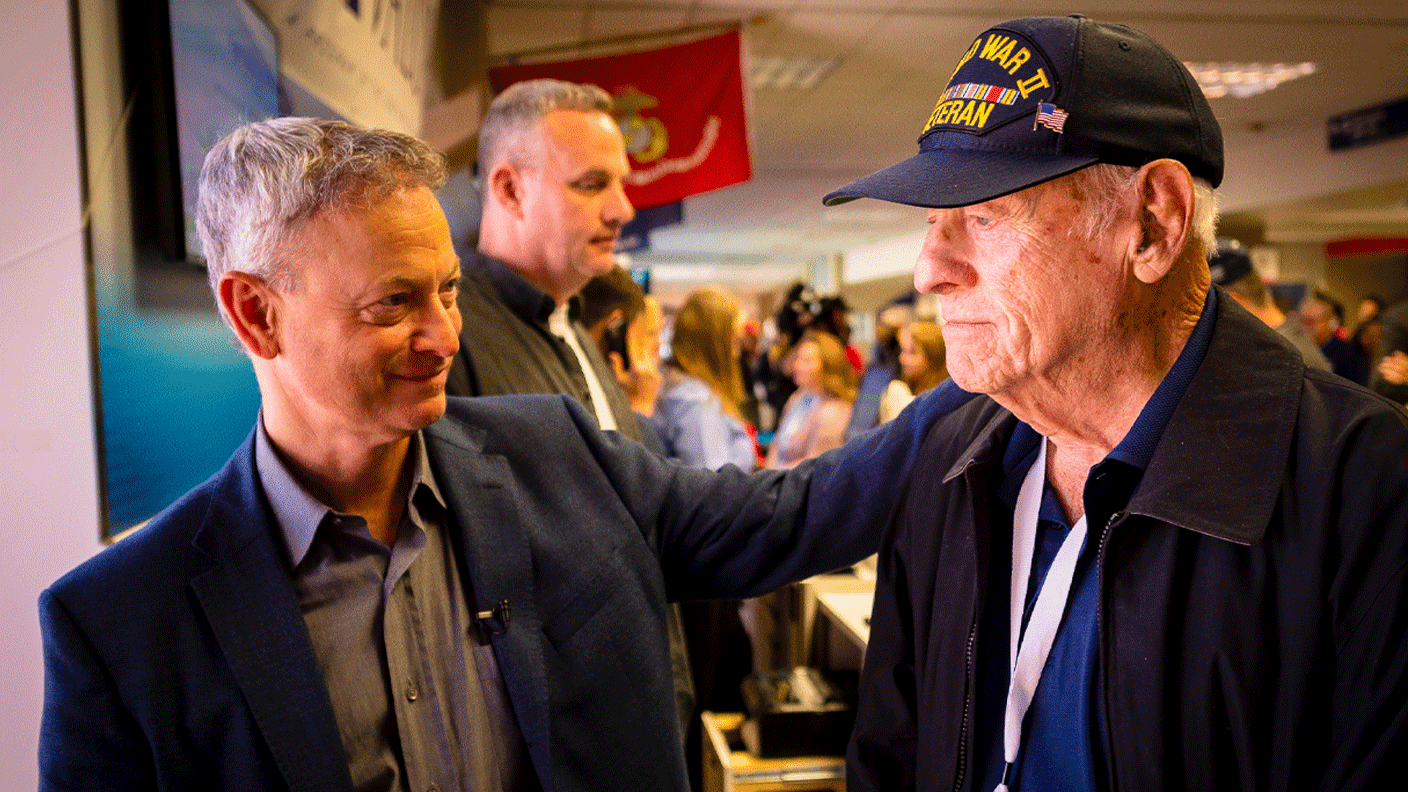
In this war I have known a lot of officers who were loved and respected by the soldiers under them. But never have I crossed the trail of any man as beloved as Capt. Henry T. Waskow of Belton, Texas.
The name Ernest “Ernie” Pyle might not be as commonly well known today as it was in the 1940s when Pyle’s wartime reporting captivated American readers around the nation.
He was a household name then and when on January 10, 1943, while on the frontlines in Italy, Pyle penned one of his most famous columns about the death of U.S. Army Captain Henry T. Waskow in The Death of Capt. Waskow. The piece leads with an introduction that sets the scene to an emotional farewell by the troops under the command of the fallen captain.
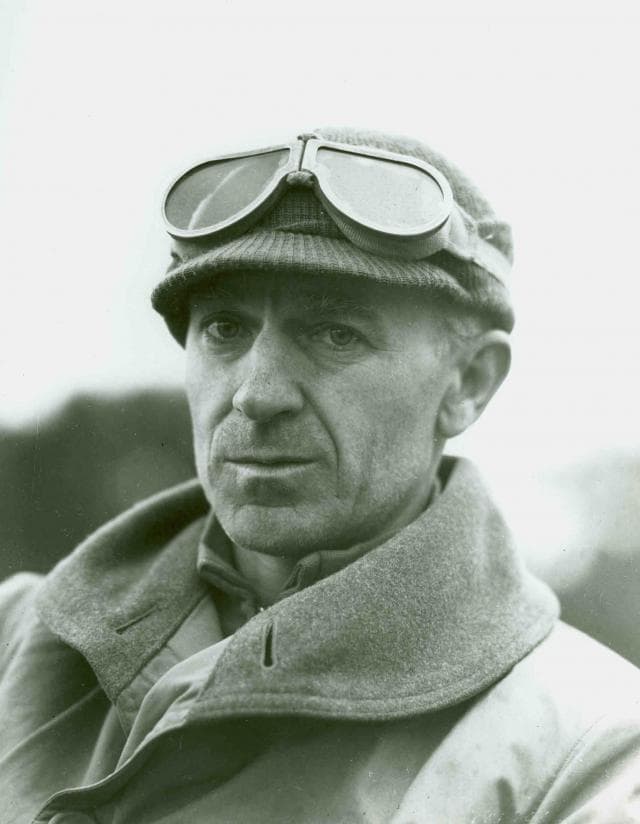
A native of Dana, Indiana, Pyle, who won the Pulitzer Prize in 1944, distinguished his writing by prose that conveyed the intimate, often heartfelt saga, of what the experience was like for GIs, “the guys that wars can’t be won without.”
His columns appeared in newspapers throughout the early 1940s, where his embedded reporting covered the American campaign experience in North Africa, Sicily, Italy, France, and in the Pacific Theater. The immensity of his narration from the frontlines gripped readers nationwide.
Pyle died on April 18, 1945, by Japanese machine-gun fire while on the island of Ie Shima near Okinawa, Japan. His death rattled the nation, especially the subject of his writing, the American soldier.
Considering the legacy Pyle left behind in the lexicon of embedded reporting, and his ability at telling the story of the American soldier, President Truman said, “No man in this war has so well told the story of the American fighting man as American fighting men wanted it told. He deserves the gratitude of all his countrymen."
Decades later, Pyle’s experience would be relived in the voice of Gary Sinise in the film Beyond All Boundaries. The film was executive produced and narrated by Tom Hanks and which debuted on November 4, 2009, inside the Soloman Victory Theater at the National WWII Museum in New Orleans.
The immersive, 35-minute, 4D film, covers the wartime experience on the American homeland to major battles carried out in the air, on land, and at sea from the period before the surprise attack at Pearl Harbor on December 7, 1941, to the moments where the war in Europe and war with Japan, respectively, came to a close. The film’s cast of characters had their experience voiced by notable Hollywood actors and actresses.
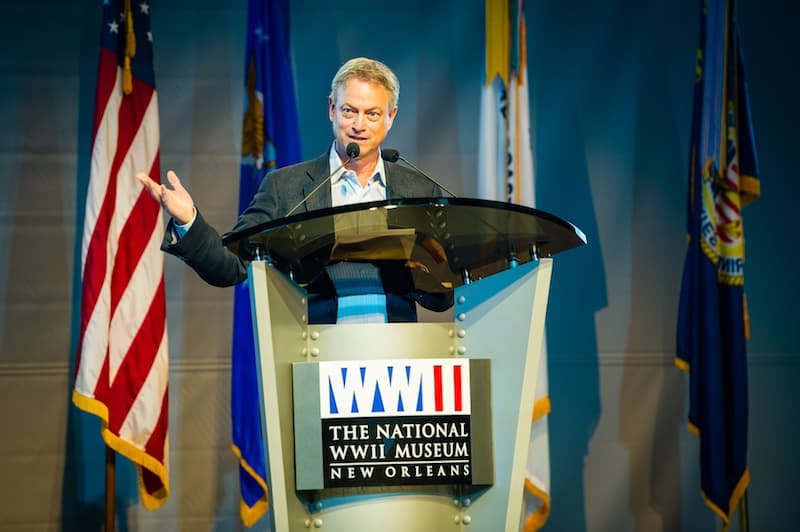
Providing the voice of Ernie Pyle was a moving experience for Gary. His eventual visit to the museum in 2009 profoundly impacted him so much so that it catalyzed an enduring relationship that today celebrates 10 years. That very relationship would a few years later blossom into what would eventually become a signature pillar of the Foundation’s Community Outreach and Education program called, Soaring Valor.
Shortly after visiting the museum, Gary phoned his uncle, Jack Sinise, to ask if he had ever paid a visit to the National WWII Museum. Jack, who had served during the war as a Lieutenant aboard a B-17 Flying Fortress as a navigator with the 8th Air Force, 379th Bomb Group based out of Kimbolton, England airfield, responded by saying he hadn’t yet visited despite sending the museum a monthly donation.
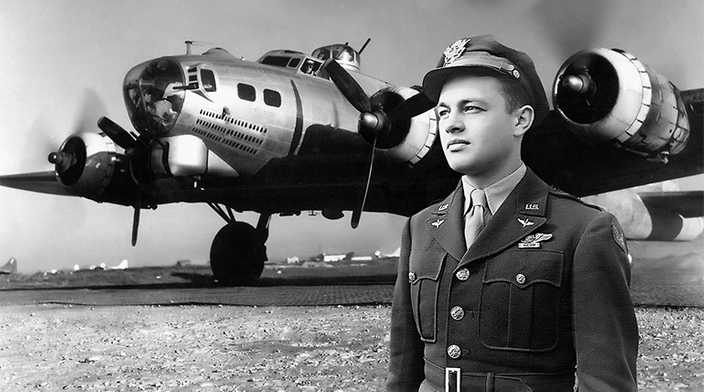
Jack took part in pre-Normandy invasion bombing runs over Nazi-occupied France. His wartime service in the skies above Europe was captured by the museum historians during his visit, which in turn became instrumental in Gary’s concerted effort to ensure that veterans’ oral histories like his uncle Jack’s would be preserved in the archives of the National WWII Museum.
When Jack passed away in 2014, a copy of his oral history that was recorded while at the museum was sent to Gary who writes about the sentiment of owning a piece of his uncle’s wartime experience, in his New York Times bestselling book, Grateful American, “I thought every family of a World War II veteran should have a DVD like this — and every veteran should have the opportunity to see the museum and be recorded.”
In a 2015 conversation with Dr. Gordon “Nick” Mueller, then President & CEO of the National World War II Museum, Gary spoke about the origins of Soaring Valor and its mission to educate present and future generations about WWII, “we’re trying to spread that message of the importance of service and sacrifice and the importance of defending this nation and what it takes to defend this nation,” he said.
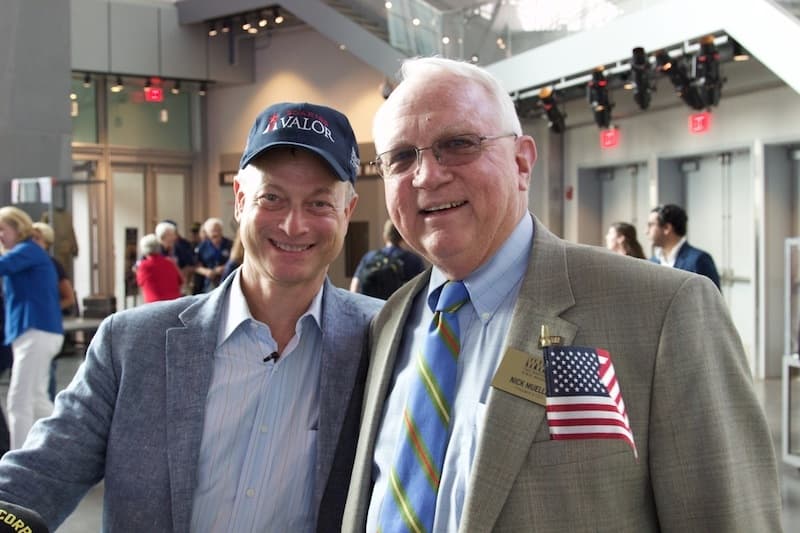
Gary reaffirmed the sentiment in an interview given a year later meant to document the history behind the Soaring Valor program, “If we have any hope of preserving our own country, we have to look at our history constantly so that we don’t repeat that again and that we stand up for this country with everything we have to make sure that tyranny never wins out, that freedom always prevails.”
The Gary Sinise Foundation in partnership with American Airlines and the National WWII Museum has been able to add veterans’ stories to the historical record; providing generations to follow a holistic understanding of the heroism, sacrifices, and contributions made by the men and women of the Greatest Generation whose service helped ensure liberty and freedom enjoyed by Americans nationwide.
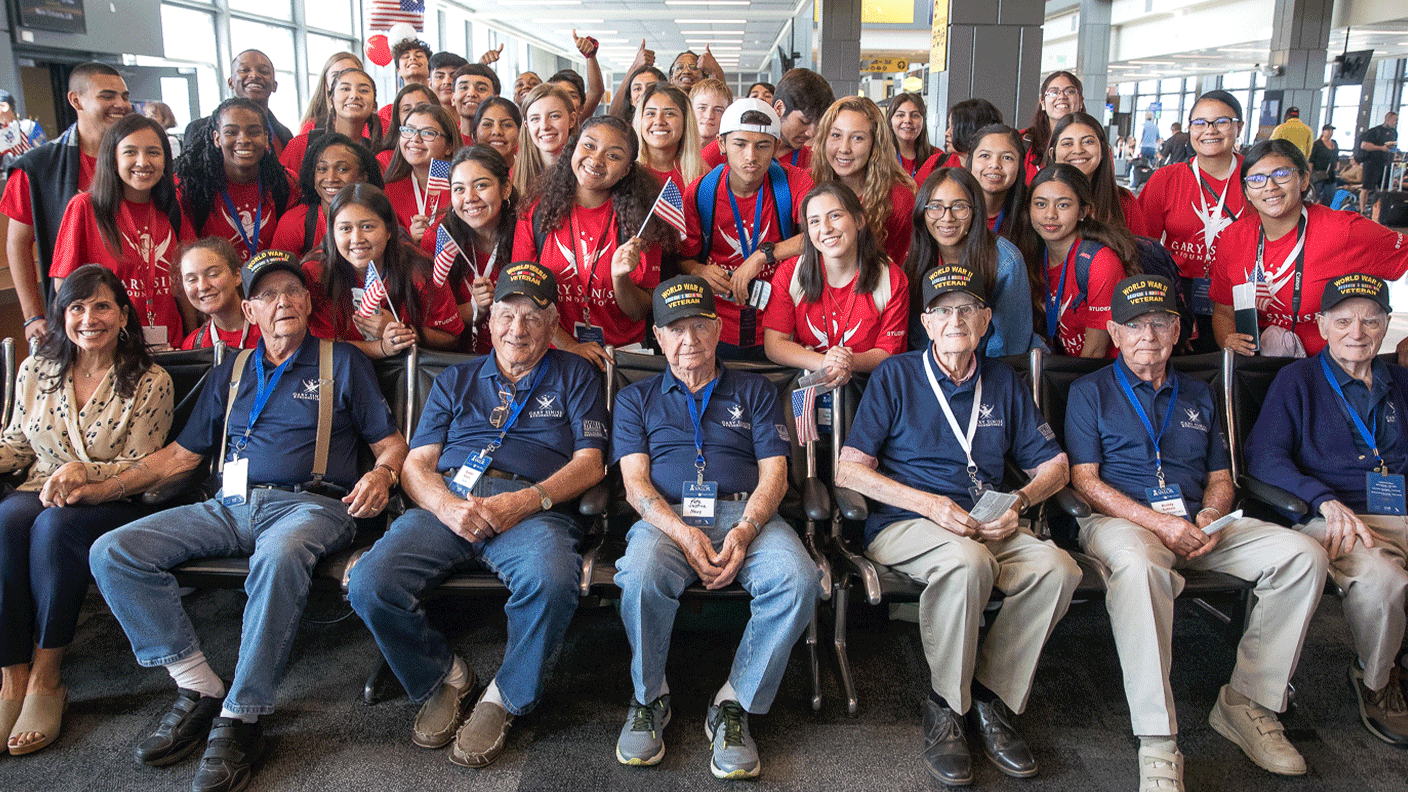
The Foundation also covers the cost for a museum historian to travel the country and document the oral history of those veterans unable to travel to New Orleans.
Pulling back the curtain on Soaring Valor since the first trip departed from Los Angeles and touched down in New Orleans on June 24, 2015, more than 1,100 veterans and, since 2017, 200 high school students have participated.
Upperclassmen from high schools around the country are chosen by their teachers, counselors, athletics coaches, and activity clubs leaders to partake in the three-day program.
Paired with a veteran throughout the trip is an immeasurable opportunity to learn critical twentieth-century history beyond the pages of their textbooks from individuals who were there.
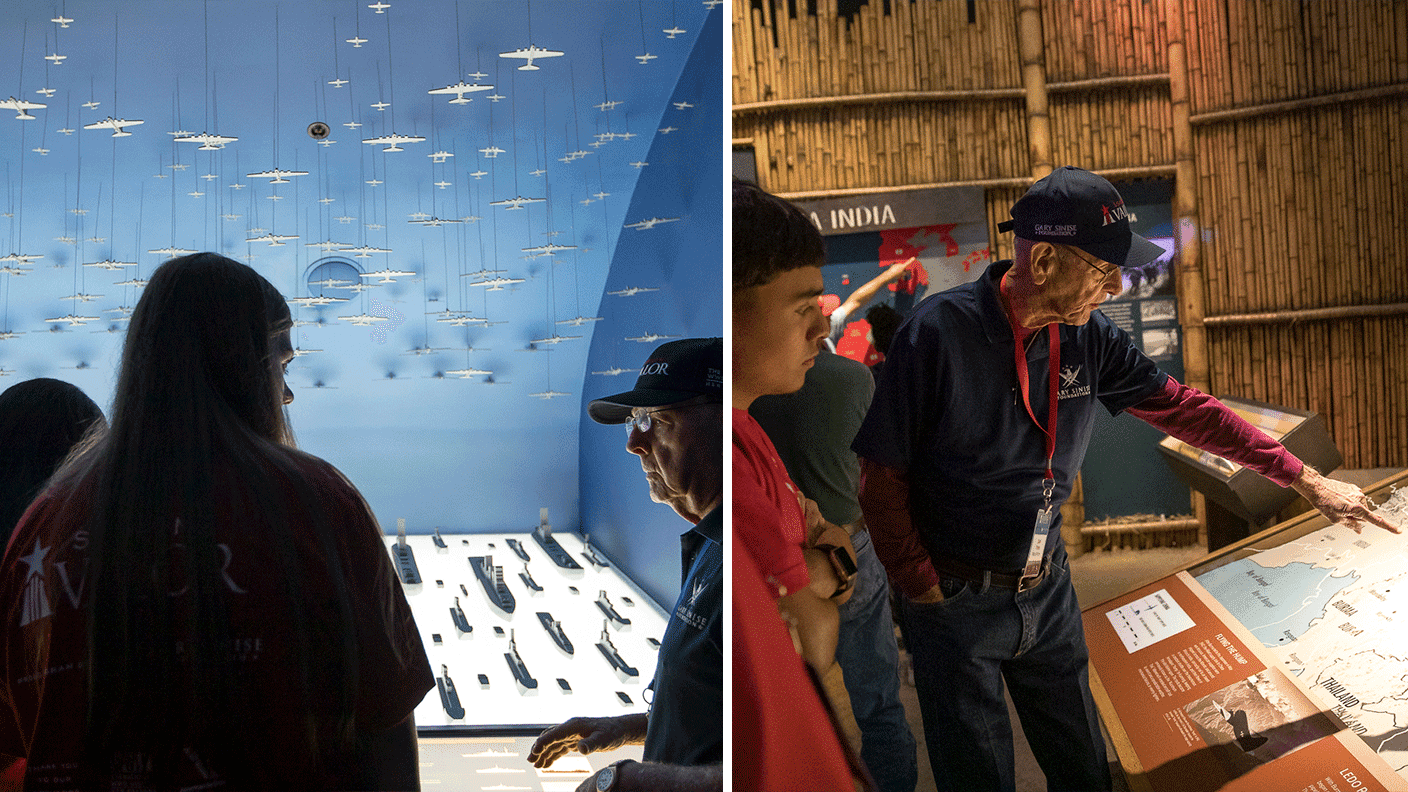
Students are entrusted with veterans’ stories of their wartime experience, and as they move forward in their lives, they carry a tremendous obligation to share those stories with others.
With an estimated 348 WWII veterans passing away each day according to statistics from the U.S. Department of Veterans Affairs, it’s imperative to ensure that future generations learn from these living historians.
Growing up during the Great Depression, these citizens turned soldiers who take part in Soaring Valor were plucked into military service from dusty little country towns and bustling cities across the country from Texas and California to Oklahoma and Ohio.
For many veterans, the surprise attack on Pearl Harbor by Japanese Naval forces galvanized them to seek out the nearest recruiter from the Armed Forces and enlist to fight against the Axis powers of Imperial Japan, Nazi Germany, and Fascist Italy.
They left their studies at university while others left jobs as a musician, aircraft mechanic, and recreational pilot to join the war effort. They were participants in some of the most pivotal battles during the war, including at Iwo Jima, Okinawa, Normandy, France, and in the skies over Germany and the South Pacific.
They served stateside and overseas in every branch of the Armed Forces, in combat zones and out of combat zones.
They were aboard ships plying the Pacific and Atlantic Oceans and the seas of the Adriatic and Mediterranean.
They flew aboard bomber and fighter aircraft in the skies above Nazi-occupied Europe and over craggy islands and dense jungles that dot the South Pacific. And some would serve at nursing stations in California and aircraft repair hangars in New York.
Each of their stories is unique, yet their commonality goes to the heart of why this group of individuals is collectively and reverently referred to as The Greatest Generation and why Soaring Valor remains an endearing initiative of the Foundation.
During a pivotal moment in the twentieth century, men and women from all walks of life, of different ethnicities and socioeconomic backgrounds, selflessly served their country in and out of uniform to defend and protect liberty beyond the borders of the United States.
What started as the voice to one of the most beloved American journalists during the Second World War ten years ago when the film Beyond All Boundaries premiered quickly turned into an endeavor and prominent initiative within the Foundation that has impacted hundreds of lives that span generations.
The gift of so many veterans’ narratives, and those to follow on future Soaring Valor trips, are now able to be entrusted and shared with the millions of visitors who frequent the museum year after year, from the United States and around the world.

